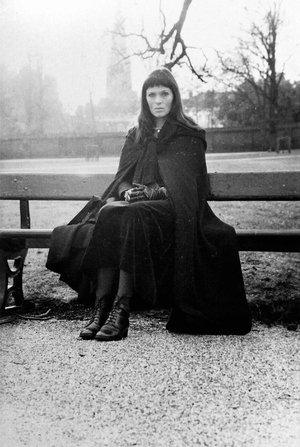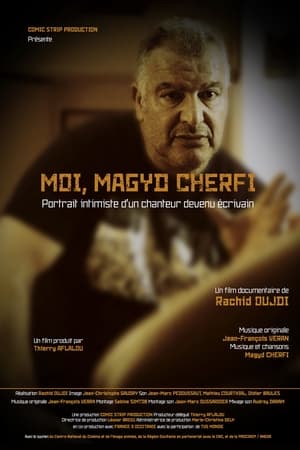

A Place To Dream(2023)
MUSIC
The documentary explores the voluntary teaching of music to young people from the periphery, highlighting the impact of education as resistance in the lives of socially vulnerable individuals in the Brazillian midwest.
Movie: A Place To Dream

Um Espaço Para Sonhar
HomePage
Overview
The documentary explores the voluntary teaching of music to young people from the periphery, highlighting the impact of education as resistance in the lives of socially vulnerable individuals in the Brazillian midwest.
Release Date
2023-03-10
Average
0
Rating:
0.0 startsTagline
MUSIC
Genres
Languages:
PortuguêsKeywords
Similar Movies
 6.3
6.3Michael Monroe -dokumenttielokuva(fi)
The documentary tells the story how Matti Fagerholm became Michael Monroe. It all began in the late 1970s with Hanoi Rocks, and over 40 years later, Michael Monroe, who still performs solo around the world, is a well known rock icon. The film features not only Monroe but also many international rock superstars and Monroe's mother. The movie covers Monroe's entire career, from tragic turning points to shining moments. In the documentary, Monroe openly talks about his journey towards his dream, the challenges in his career, and the setbacks he has experienced. He has given his all to the genre, never giving up or succumbing to difficulties and misfortunes.
 0.0
0.0Songs of the madmen(en)
The Bauls of West Bengal are nomad musicians who practice a traditional form of concert challenged by the increasing modernization of India. The term "Fous" here refers to those inspired and wandering musicians of Bengal known as Baül. The word Baül is derived from the Sanskrit word "vatul," which means "mad" in the sense that it commonly connotes a more or less frenetic behavior in French. The Baül are peculiar individuals, particularly in their mannerisms, customs, and practices. Although they may belong to either the Hindu or Muslim religion, the Baül refuse to be guided by any social or religious conventions. Freedom of spirit is their only guide. They thus move against the tide of habits, preconceived notions, and general theories. "Le chant des fous" (The Song of the Mad) is a film made by Georges Luneau.
TMZ No BS: Cardi B(en)
How Cardi B became a household name and a legend in her own time.
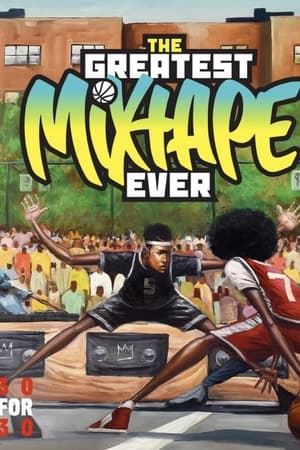 8.5
8.5The Greatest Mixtape Ever(en)
In the late 1990s, DJ Set Free, had the idea to set some streetball highlights to a soundtrack of emerging rap music. The results culminated in the And1 Mixtape, a series of VHS tapes that forever transformed the game of basketball.
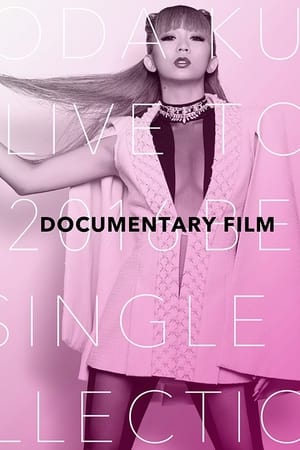 0.0
0.0KODA KUMI LIVE TOUR 2016 ~Best Single Collection~ documentary film(ja)
Documentary film of Koda Kumi's Live Tour 2016 ~Best Single Collection. This was a seperate and special release to document her tour.
 8.0
8.0Shouting Through The Letterhole(en)
10th Anniversary documentary about Royal Blood's 2014 eponymous debut album, presenting an intimate glimpse into the creative process and the journey behind their work, friendship and brotherhood.
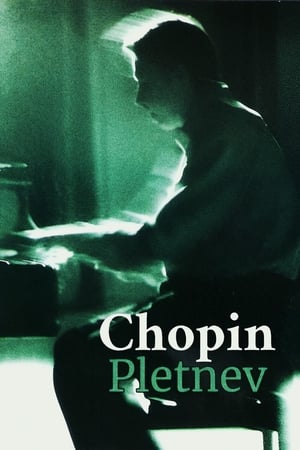 6.3
6.3Chopin-Pletnev: Cello(en)
This short film is made for the "Chopin-Pletnev" disc which marked Mikhail Pletnev's debut as a pianist on Deutsche Grammophon. In the film, we witness Mr. Pletnev's journey, starting from him on his way to studio, through his performance of Chopin's Etude Op. 25 No. 7 in C sharp minor "The Cello" and the process afterwards. One is struck repeatedly by Pletnev's crystalline arpeggiations, the velocity of his passage work, his singing tone, his rhythmic suppleness, and, above all, the grandeur of his sound.
 0.0
0.0Kilimanjaro: The Bigger Red Nose Climb(en)
Nine famous faces are pushed to their physical and emotional limits in a valiant attempt to scale Mount Kilimanjaro, Africa's highest mountain, to raise money for Comic Relief and help change lives this Red Nose Day, with their turmoil and triumphs revealed in Kilimanjaro: The Bigger Red Nose Climb.
 0.0
0.0TWICE 5TH WORLD TOUR 'READY TO BE' in JAPAN SPECIAL(ko)
TWICE 'Ready To Be' Special in Nissan Stadium, Yokohama, Japan.
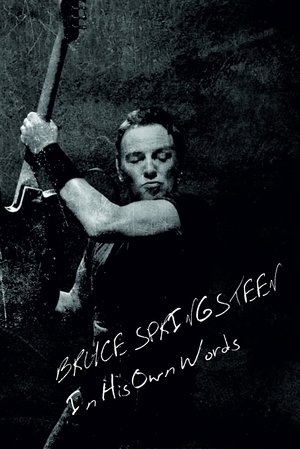 6.8
6.8Bruce Springsteen: In His Own Words(en)
Revealing bio-documentary giving an exclusive look into the life of one of the world's most admired and respected musicians as Bruce Springsteen explores and explains his greatest influences
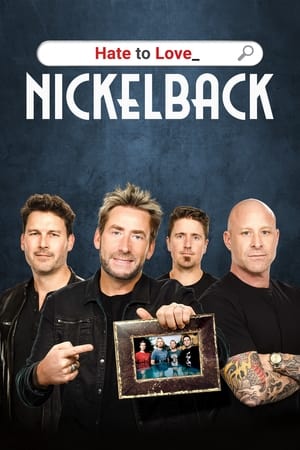 5.8
5.8Hate to Love: Nickelback(en)
Nickelback is one of the most successful acts in music history — they're also the number one band haters love to hate. This intimate portrait surveys the Canadian stadium rockers' rollercoaster career.
 0.0
0.0Old Suffolk Boy(en)
An in-depth look at the life and career of veteran illustrator and bluegrass musician John Holder.
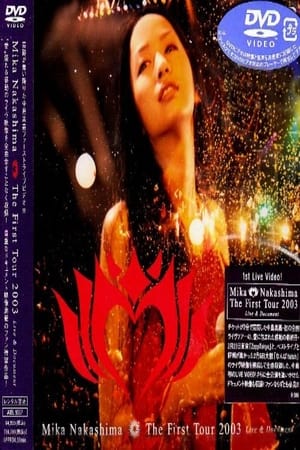 0.0
0.0Mika Nakashima The First Tour 2003 Live & Document(ja)
Concert film and documentary from Mika Nakashima's First Tour 2003 performed on February 23, 2003 at Zepp Tokyo.
 9.0
9.0Margaret Kilgallen: Heroines(en)
"I especially hope to inspire young women, because I often feel like so much emphasis is put on how beautiful you are, and how thin you are, and not a lot of emphasis is put on what you can do and how smart you are. I'd like to change the emphasis of what's important when looking at a woman." Filmed in San Francisco in 2000, Margaret Kilgallen (1967-2001) discusses the female figures she incorporated into many of her paintings and graffiti tags. Loosely based on women she discovered while listening to folk records, watching buck dance videos, or reading about the history of swimming, Kilgallen painted her heroines to inspire others and to change how society looks at women. Three of Kilgallen's heroines—Matokie Slaughter, Algia Mae Hinton, and Fanny Durack—are shown and heard through archival recordings. Kilgallen is shown tagging train cars with her husband, artist Barry McGee, in a Bay Area rail yard and painting in her studio at UC Berkeley (source: Art21).
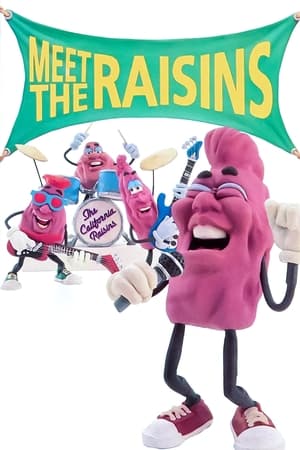 6.2
6.2Meet the Raisins!(en)
Meet the Raisins! spoofs musical documentaries with its use of anthropomorphic food characters. Through its historical perspective, the special also provided an opportunity to elaborate on the personalities and introduce names of the simple yet popular characters. It follows the California Raisins' humble beginnings, rise to musical success, fall from stardom, and eventual comeback. This includes "home movie" clips, scenes of the group's early days as the Vine-Yls, concert footage, and interviews with the people behind the success of the California Raisins including manager Rudy Begaman. The group is also shown performing various hit songs
Bitch: a word movie(fr)
Nantali Indongo, the rapper of the group Nomadic Massive, has long refrained from using the word Bitch in the lyrics of the songs she sings. As an Afro-descendant and mother, she considers that this word’s purpose has always been to dehumanize the Black woman. However, at the junction of the Black Lives Matter and #MeToo movements, she decided for the f irst time to use the b-word as a cry from the heart in her song Time . Aware of the complexity posed by the trivialization of this word, she embarked on a “word movie” across the Americas to understand the origins of the word and its many connotations over time. Her journey allowed her to give a voice larger- than-life to Black women, so that they could themselves express their opinions on the word bitch.

